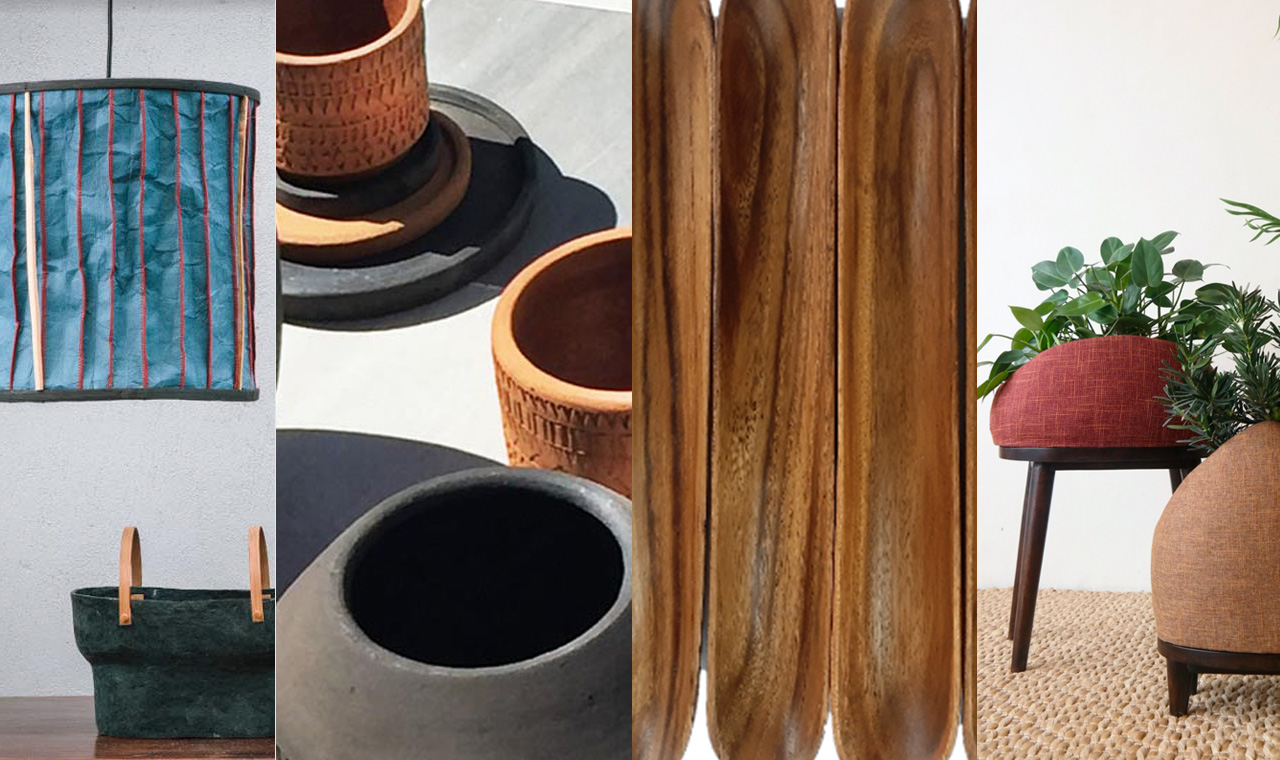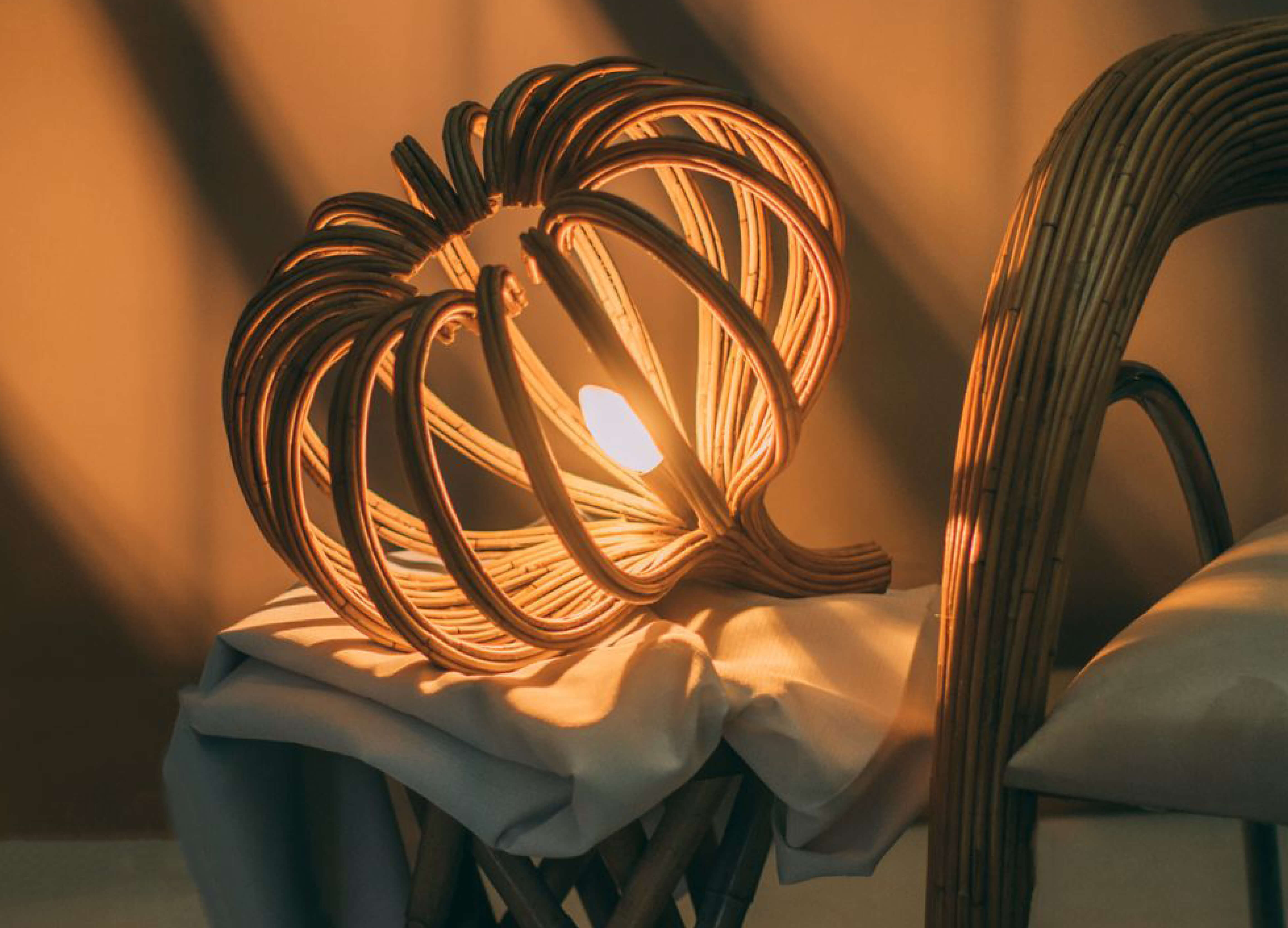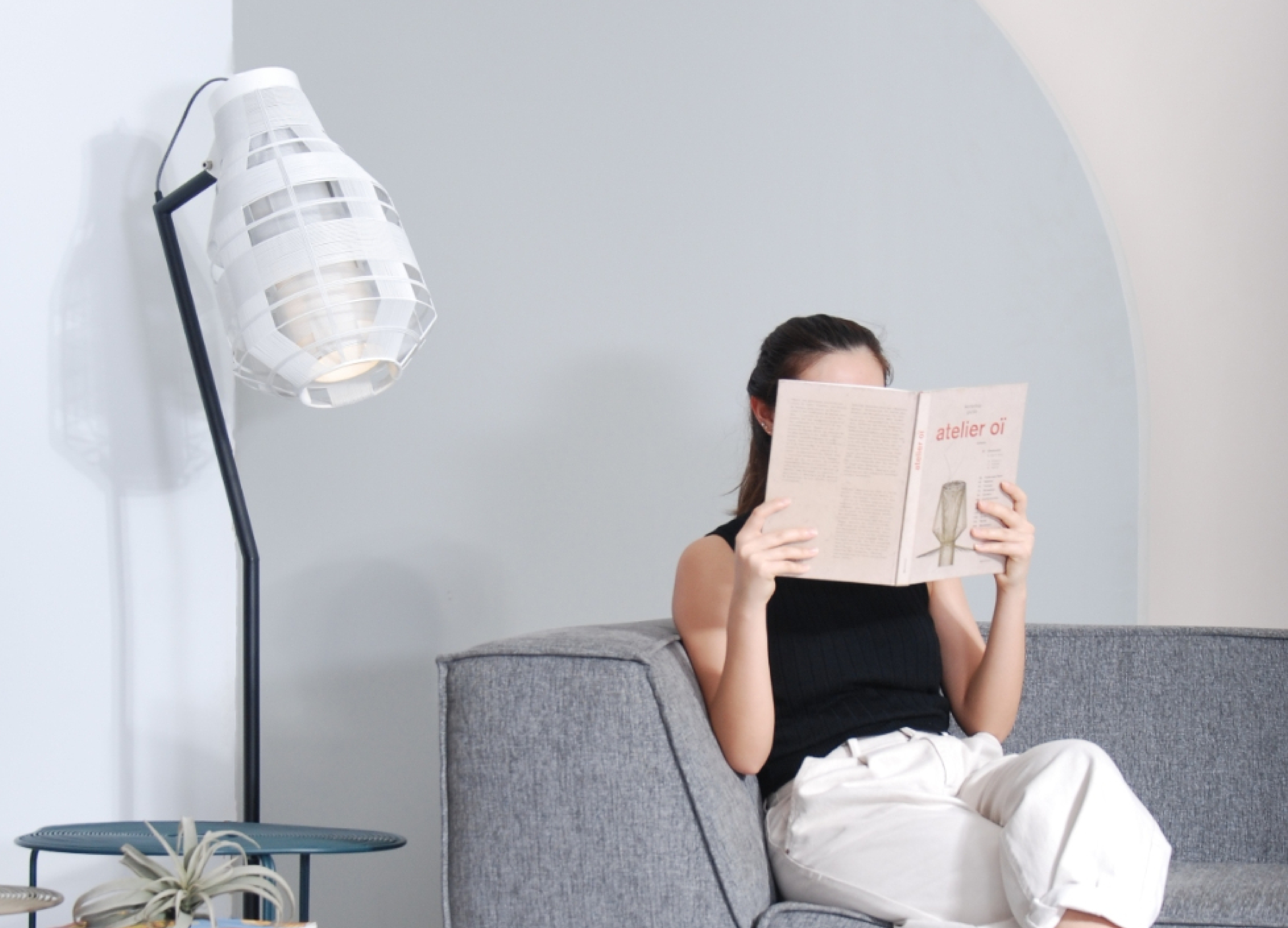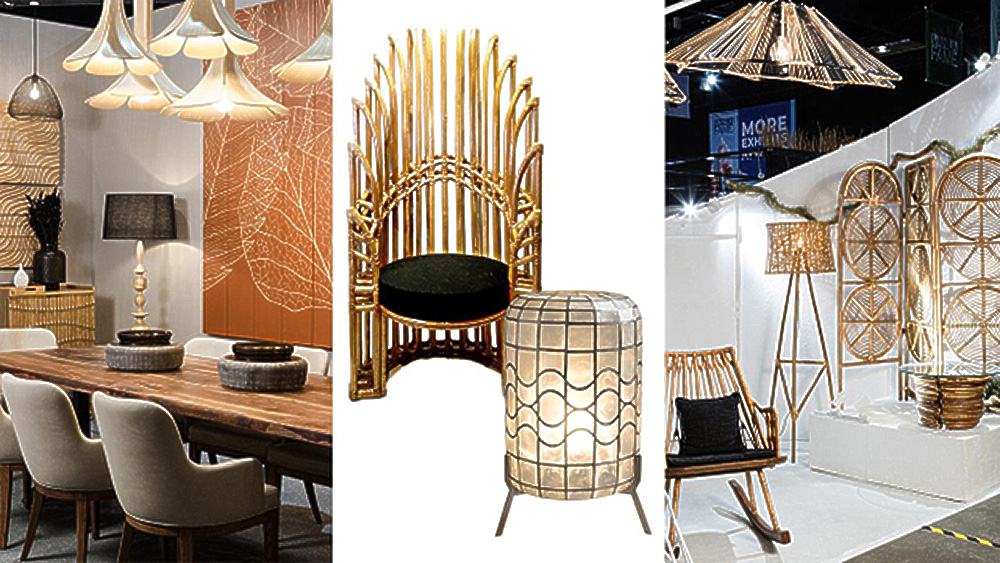
The Future of Filipino Design is in Manila FAME 2023
The return of Manila FAME in 2023 was a celebration of Filipino design. As it also looked back on the legacy of the country’s design industry in the past 50 years, it also showcased the promise of emerging talents that are reshaping the creative landscape. This year's event offered attendees an exclusive glimpse into the innovative spirit and creative prowess of young visionaries who are driving the evolution of design in the Philippines.
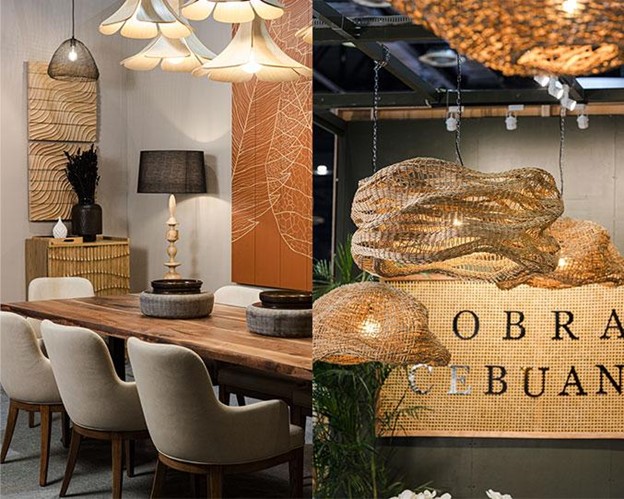
Manila FAME 2023 was more than a design and furniture showcase; it was an immersive experience that allowed us to acquaint readers with emerging talents whose work is redefining Filipino design. We explore their inspirations, aspirations, and cultural influences that imbue their work with unique perspectives.
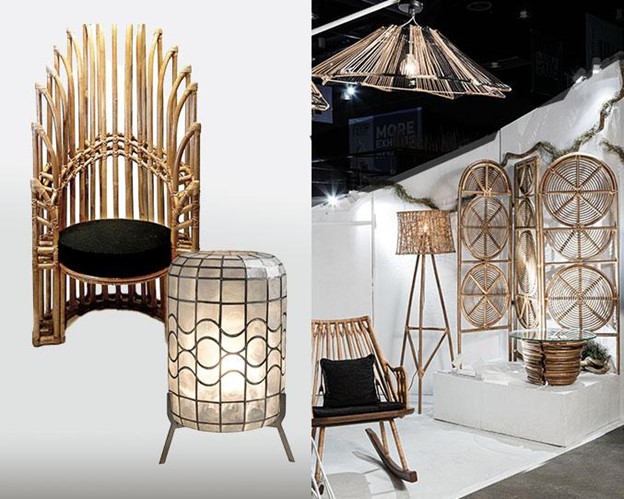
Rattan is native to the Philippines, with the country being one of the world’s largest exporters in terms of furniture, basketry, and raw materials. Jed Yabut, who made his Manila FAME debut this year, features show-stopping rattan furniture and lighting fixtures inspired by the curves of organic elements and nature that bring drama to any space.
One example is his Pabo chair, a true conversational piece that draws attention in a room. Its theatrical presence has led to its feature on TV in ABS-CBN’s Dirty Linen.
Yabut is not alone in his exploration of local materials. Young designers in the Philippines continue to forward the conversation of design in the country by making use of traditional materials and merging them with contemporary aesthetics that bring form and function.
Senseware’s products harness capiz shells, also ubiquitous in the Philippines and traditionally used in window panels. Here, they manipulate the shell into elegant, spherical pieces for the home.
One example is the Balud Table Lamp, which is a contemporary take on traditional capiz binding. “I observed that the traditional style of Capiz binding consists of squares and straight lines. To make the lamp stand out, my idea was to depart from the predictable pattern and draw inspiration from the waves of the ocean, from which the Capiz shell is sourced,” designer Selena Placino says.
With the emergence of local design talents in the Philippines, where does the country go from here?
“I believe there's a potential for sustainable material innovation and exploration, not limited to furniture but extending to everyday objects as well. This could involve the utilization of alternative materials such as bioplastics and the recycling of plastic waste, among other environmentally friendly initiatives. I would like to witness more product innovations that address real issues in the country, regardless of their scale. Collaborations between designers and the government to enhance the daily experiences of Filipinos. To encourage private sector investments in more sustainable projects, the government could also consider offering tax perks,” Placino says.
As to how the market will evolve in the future?
“There is a growing trend of people in the country buying more furniture pieces, both from well-established local and international brands. Many of them are drawn to these designs because of the brand’s reputation, which is certainly not a bad thing. However, I would like to inspire people to make choices, also based on the quality of the design itself. My hope is that more will learn to appreciate objects and furniture because they were designed ‘well,’ not because the designer or brand was well-known,” Placino reflects.




